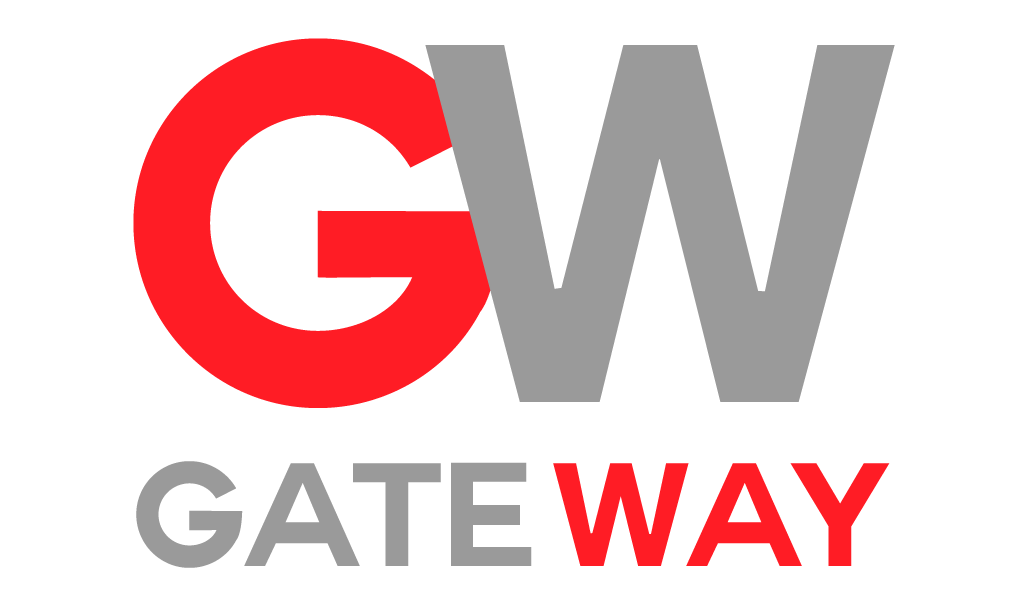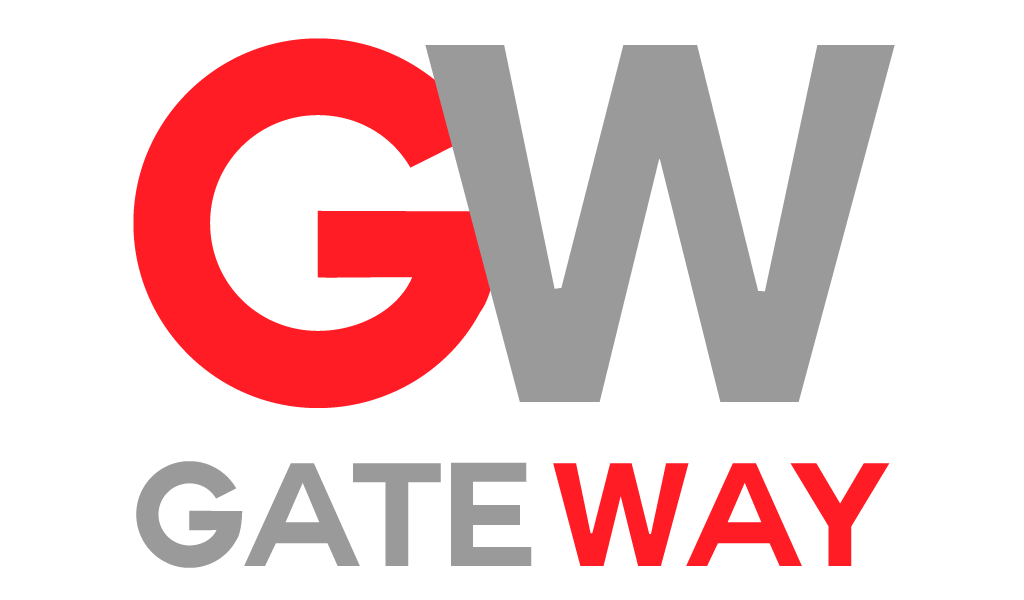
How behavioral science can help you lead through uncertainty.
Let’s face it – we’re living in wild times. Politics are swinging like a pendulum, recession fears are making executives clutch their pearls, and your job as a hiring manager? It just got a whole lot more important.
Psychology Today recently declared “It’s HR’s Time to Lead – and honestly, they’re not wrong. But they missed something crucial: *how* exactly you’re supposed to lead when everything feels like it’s on fire.
That’s where I come in. And that’s where behavioral science becomes your secret weapon.
The problem with traditional hiring (that nobody wants to admit)
Picture this: You’ve filtered through hundreds of resumes.
You’ve eliminated the unqualified, the overqualified, and the clearly-not-looking-for-this-job-but-applied-anyway. You’re left with that golden 20% who all look… pretty much the same on paper.
And that’s where most hiring managers make their fatal mistake.
They pick someone based on “gut feeling” or “cultural fit” – corporate code words for “they seemed nice” or worse, “they reminded me of me.”
In today’s climate, that approach is as outdated as fax machines and shoulder pads.
Predictive Index: Science, not guesswork
What if I told you there’s a way to peek inside a candidate’s brain before they even join your team? To understand not just what they can do, but how they’ll do it?
Predictive Index (PI) isn’t some fluffy magazine personality quiz. It’s a sophisticated assessment tool that measures four key behavioral drives:
- Dominance – The drive to exert one’s influence on people or events
- Extraversion – The drive for social interaction with other people
- Patience – The drive for consistence and stability
- Formality – The drive to conform to rules and structure
When you understand these factors, you suddenly see candidates (and your current team) in high definition.
Real talk: It’s not just about hiring anymore
Let’s get real for a second. In today’s political climate, workforce tensions are higher than ever. According to Gartner, 44% of employees avoid political discussions at work – but that doesn’t mean those tensions aren’t affecting performance.
Behavioral insights don’t just help you hire better – they help you:
- Navigate conflict by understanding different communication styles
- Build balanced teams where different personality types complement each other
- Place people in roles where they’ll naturally excel, not struggle
- Create leadership pipelines based on behavioral strengths, not just technical skills
What your CEO needs you to know (but isn't telling you)
Your C-suite is worried. Really worried. They’re watching political shifts, economic indicators, and wondering if they have the right team to navigate whatever comes next.
What they need from hiring managers isn’t just faster hiring – it’s smarter team building.

Consider these two scenarios:
Investment Banking Team Structure
- Managing Director (Strategist or Captain) – Visionary leadership
- Vice President (Strategist, Captain, or Persuader) – Strategic execution
- Associates (Analyzer, Specialist, or Strategist) – Detailed analysis
- Analysts (Analyzer or Specialist) – Precision work
IT Department Structure
- CIO (Strategist or Captain) – Visionary leadership
- Director of IT Infrastructure (Controller or Specialist) – Technical leadership
- System Administrators (Specialist or Analyst) – Technical execution
- Network Engineers (Specialist or Artisan) – Technical craftsmanship
Notice something? Different departments need different personality mixes. One size never fits all.
How to start leading through behavioral science (without breaking the bank)
So you’re convinced behavioral science matters. Now what?
Start small:
1. Take a free PI assessment yourself (there’s one at the end of this article)
2. Map your existing team’s profiles – you might be surprised at what you find
3. Identify gaps in your team’s behavioral makeup – too many Controllers? Not enough Strategists?
4. Consider personality type in your next hire – not to discriminate, but to complement
5. Restructure assignments based on natural strengths
Why this matters more than ever in today’s political climate
Politics affects business – that’s just reality. New administrations bring new regulations, new market conditions, and new workplace dynamics.
The teams that will thrive aren’t necessarily the ones with the most technical skills, but those with the right balance of personalities to:
- Adapt quickly to regulatory changes
- Innovate around new constraints
- Maintain morale during uncertainty
- Present a unified front despite personal political differences
Behavioral science gives you insight into which teams have these qualities and which need intervention before problems arise.
The Bottom Line: Your Career Depends On This
Psychology Today was right – it IS time to lead. But leadership requires tools, and behavioral science is the tool you’ve been missing.
In a challenging job market, the professionals who understand behavioral science won’t just survive – they’ll become indispensable.
Because when you can build teams scientifically designed to perform under pressure, you become more than a hiring manager. You become a strategic asset.
Your Next Step
Ready to see how behavioral science can transform your approach to team building? Start by understanding yourself.
Take our free Predictive Index assessment and discover your own workplace personality profile. Then imagine having this insight for every member of your team – and every candidate you’re considering.
The future belongs to those who understand people. Not just their skills, but what drives them.
What’s your experience with personality assessments in hiring? Have you used tools like PI? Share your thoughts in the comments – I’d love to hear what’s working (or not working) for you in these uncertain times.
Gareth Callaway is President of Gateway, with over 25 years of experience in talent acquisition and recruiting. He specializes in using behavioral science to build high-performing teams across industries.
Gareth Callaway
PRESIDENT


